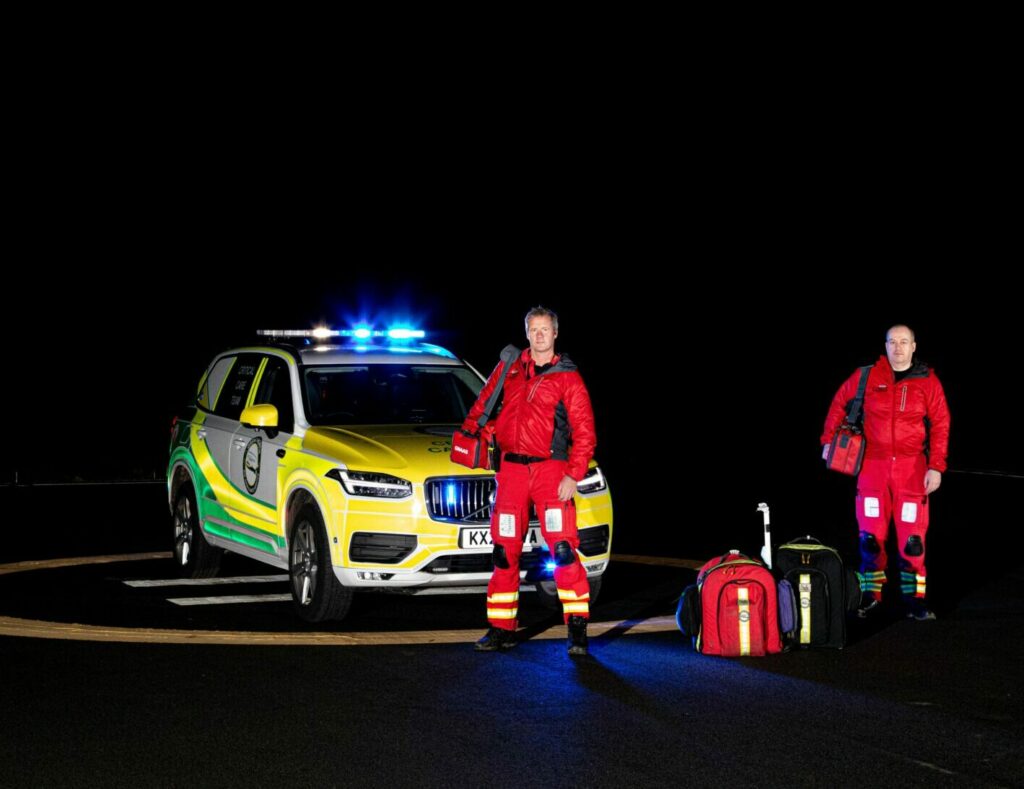Have you ever wondered what our team get up to on a nightshift at GNAAS?
If you didn’t already know, our helicopters only operate during daylight hours. We have one helicopter based in the North East and one in Cumbria, and on board our aircraft we have a critical care team made up of a pilot, doctor and paramedic.
During the night we change to a paramedic and doctor team who respond to incidents on a rapid response vehicle. The car carries the same equipment as our aircraft, so our team can still deliver blood, anaesthetic procedures and other advanced treatments, we just can’t airlift patients to hospital.
We began having a doctor and paramedic team operating on a car in 2015, working on Friday and Saturday nights, and after seeing a high demand, we began working hard to fund the additional nights.
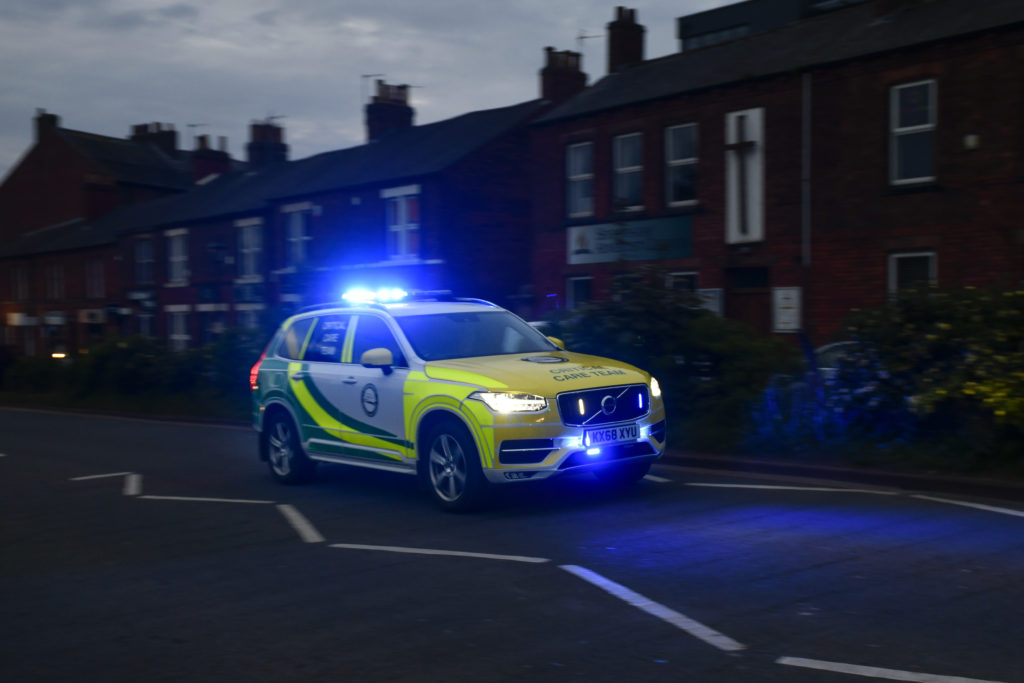

In January 2023 we started operating 24/7 in the North East and we’re hoping to offer the same level of service in Cumbria in the near future.
Last year our critical care team responded to 1,328 incidents in the North East, which is an increase of 193 incidents compared to 2022. That’s potentially 193 lives that our team have positively impacted, thanks to our night-time service now operating seven nights a week.
Recently our paramedic Jake and doctor Kris were on shift together in the North East and Jake documented their evening:
5.30pm
It’s about 5:30 in the evening and I’ve put my stuff in the boot ready to go. I’ve got my coffee and I’m ready to head over to the base.
6.30pm
I’m at work early just so I can go on a little run before my night shift starts.
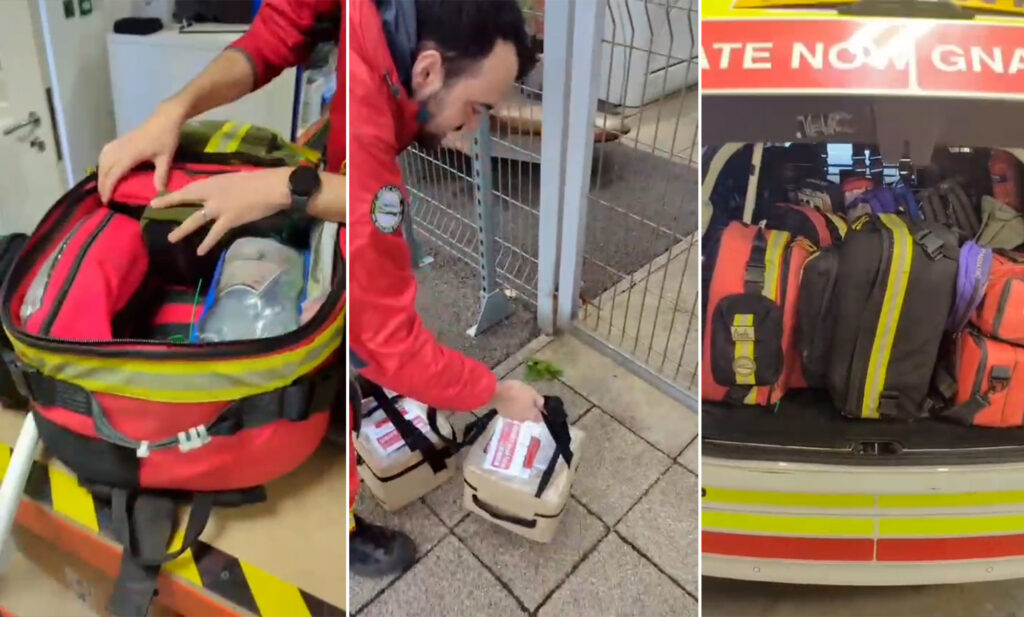

7.30pm
Our doctor Kris has arrived at the base and we’re checking through all of our kit to make sure everything is there and all of the medical devices are working, so we’re ready to go for our night shift ahead.
We also carry cool boxes which contain blood products on our aircraft and rapid response vehicles, and these are delivered by our wonderful blood bikers to our two bases in the North East and Cumbria.
We pick up the new box containing fresh blood and swap it with the box that was on our aircraft and contains older blood.
The boxes keep the blood products cool for up to 48 hours and if not used, they are returned to the RVI to be used during surgery and other procedures in the hospital.
Once all of our kit is checked, we put it in the boot of our rapid response vehicle so we’re ready to respond if needed.
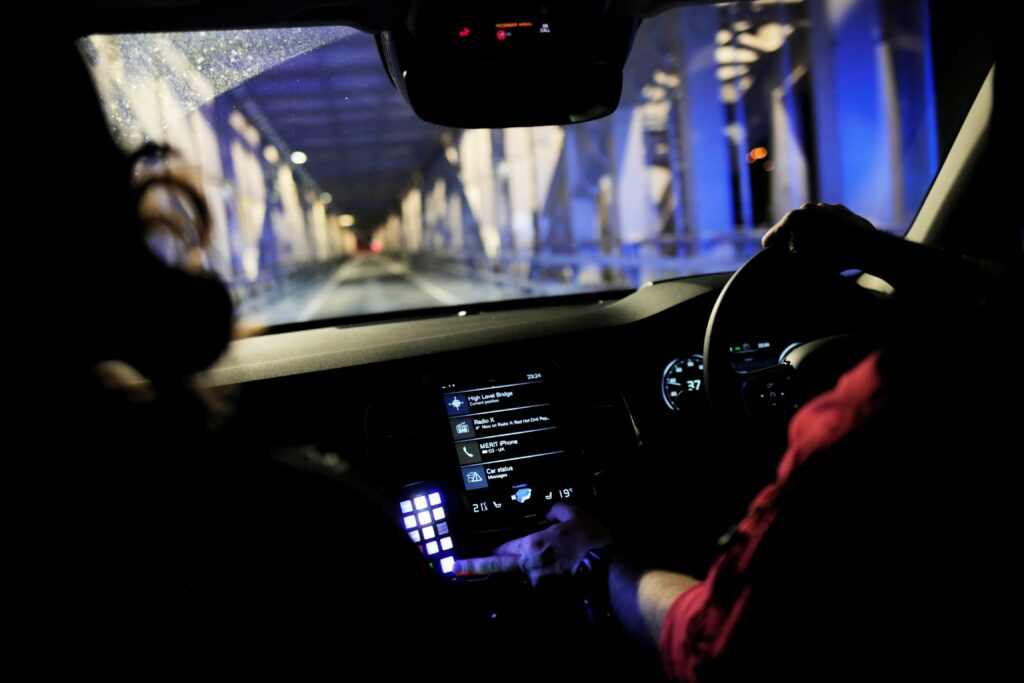

8pm
We have a quick evening brief so we’re all caught up on what’s been happening at GNAAS and anything we may need to know before we leave the base.
We then head to Washington Fire Station where we will wait for a call-out if anyone needs us.
Washington is right in the middle of our patch so it’s a great place to be stationed at to enable us to respond as quickly as we can.
The fire service very graciously put us up here, and they have stuff to keep us entertained, so we can play a bit of foosball and sit and watch a bit of TV while we wait to see if anyone needs us.
On average, we respond to around two call-outs per night. Our doctor and paramedic team respond to serious incidents where our advanced capabilities are needed.
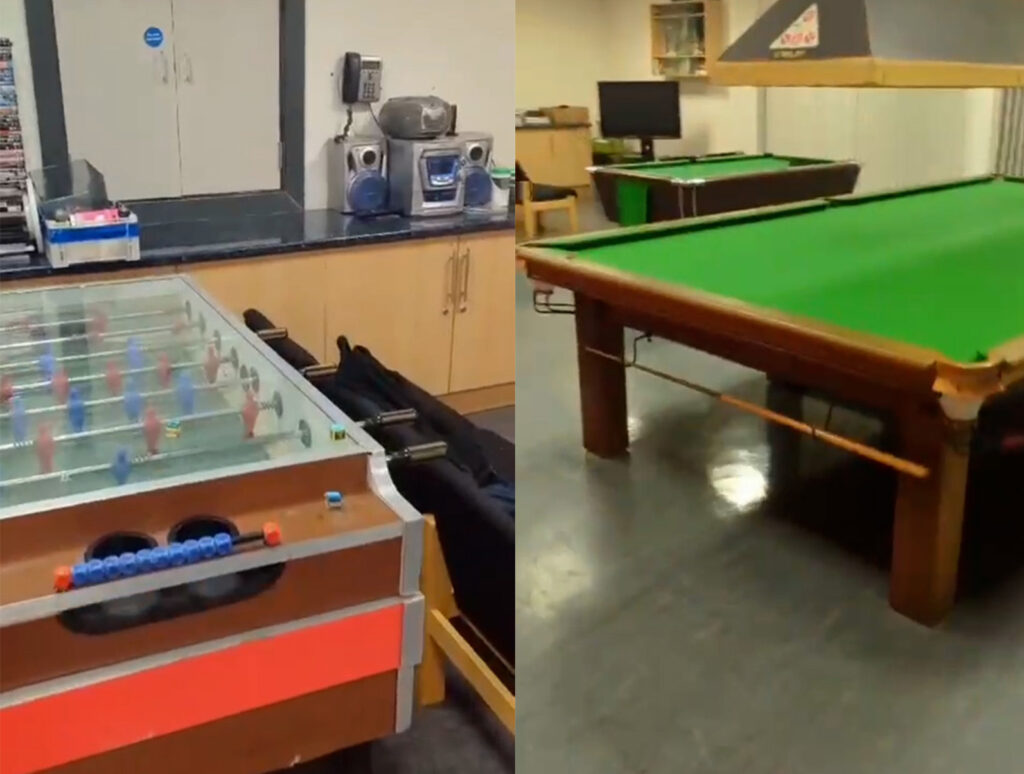

6.30am
At 6.30am we drive back over to the base and clock off at 8am, which is when the helicopter goes online and the day shift team of a doctor, pilot, and paramedic are operational for the next 12 hours.




